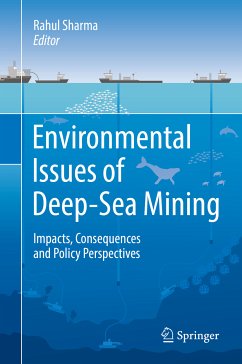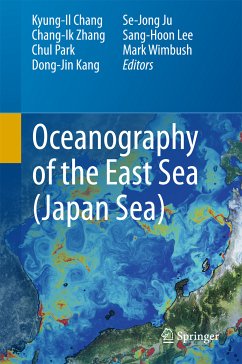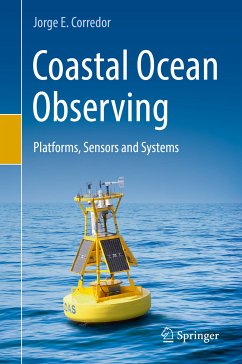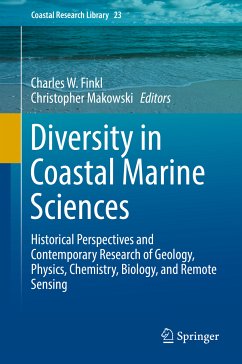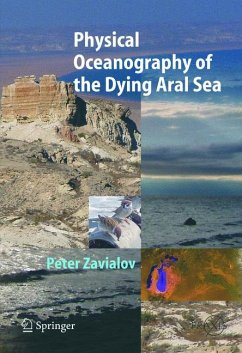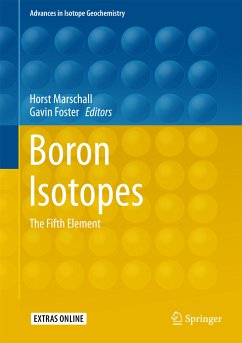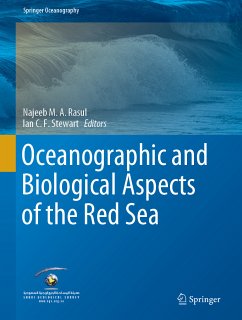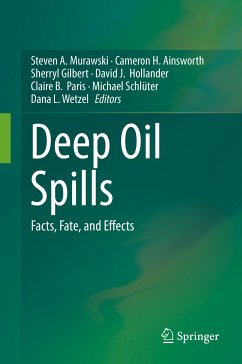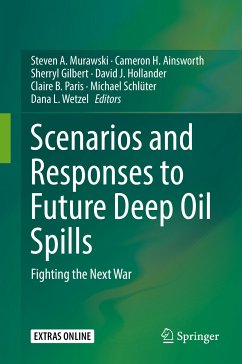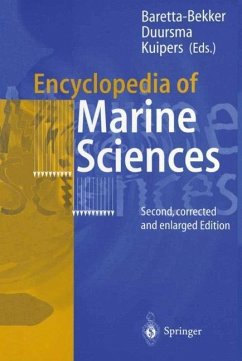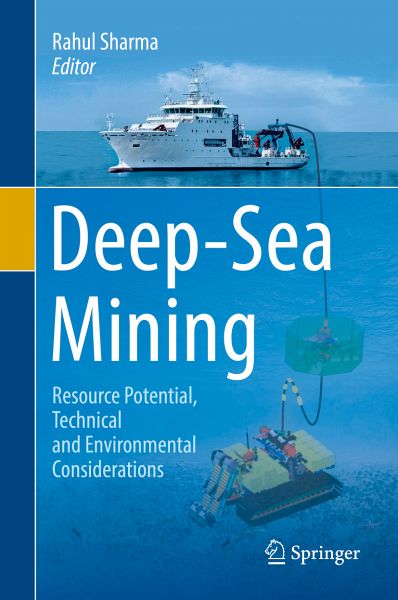
Deep-Sea Mining (eBook, PDF)
Resource Potential, Technical and Environmental Considerations
Redaktion: Sharma, Rahul
Versandkostenfrei!
Sofort per Download lieferbar
175,95 €
inkl. MwSt.
Weitere Ausgaben:

PAYBACK Punkte
88 °P sammeln!
This comprehensive book contains contributions from specialists who provide a complete status update along with outstanding issues encompassing different topics related to deep-sea mining. Interest in exploration and exploitation of deep-sea minerals is seeing a revival due to diminishing grades and increasing costs of processing of terrestrial minerals as well as availability of several strategic metals in seabed mineral resources; it therefore becomes imperative to take stock of various issues related to deep-sea mining. The authors are experienced scientists and engineers from around the g...
This comprehensive book contains contributions from specialists who provide a complete status update along with outstanding issues encompassing different topics related to deep-sea mining. Interest in exploration and exploitation of deep-sea minerals is seeing a revival due to diminishing grades and increasing costs of processing of terrestrial minerals as well as availability of several strategic metals in seabed mineral resources; it therefore becomes imperative to take stock of various issues related to deep-sea mining.
The authors are experienced scientists and engineers from around the globe developing advanced technologies for mining and metallurgical extraction as well as performing deep sea exploration for several decades. They invite readers to learn about the resource potential of different deep-sea minerals, design considerations and development of mining systems, and the potential environmental impacts of mining in international waters.
Dieser Download kann aus rechtlichen Gründen nur mit Rechnungsadresse in A, B, BG, CY, CZ, D, DK, EW, E, FIN, F, GR, HR, H, IRL, I, LT, L, LR, M, NL, PL, P, R, S, SLO, SK ausgeliefert werden.



